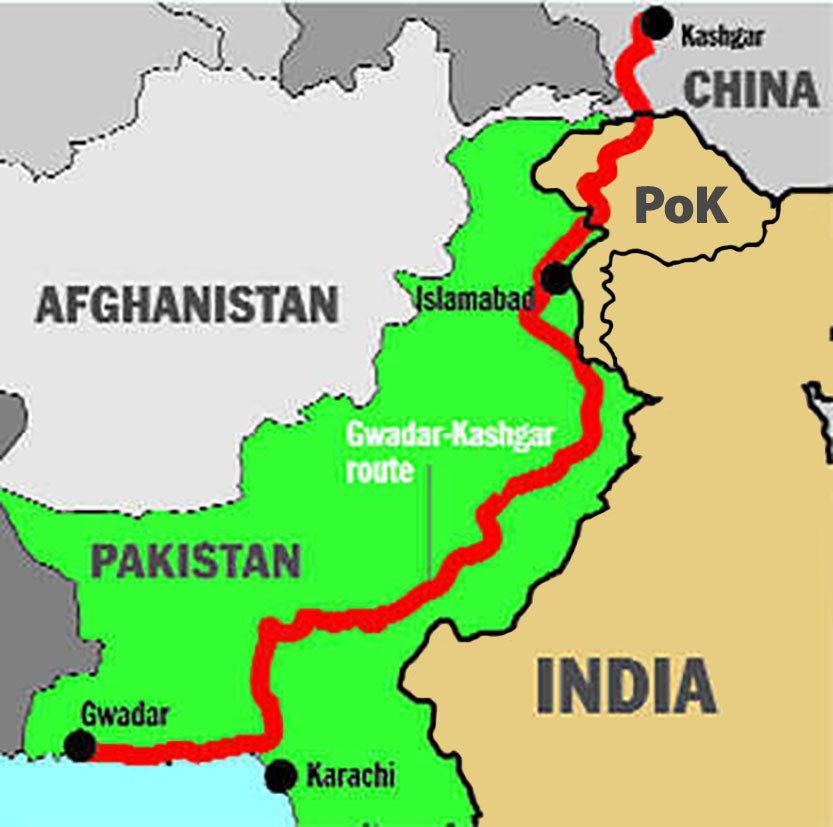International Relations
Viability of BRI and CPEC
- 26 Nov 2019
- 4 min read
Why in News
Recently, U.S. criticised China’s international development projects and lending practices under its Belt and Road Initiative (BRI) and has questioned the China Pakistan Economic Corridor (CPEC), on its commercial viability.
Key Points
- Opacity on Lending: China does not provide any report on the lending despite being the largest lender globally which makes it difficult for the Paris Club or IMF to monitor the financial transactions.
- Lack of transparency works as a means to hide risks from the countries that borrow from China.
- Failure to repay the loans stops further development and leads to the surrender of strategic assets diminishing the sovereignty of such countries.
- Hambantota Port in Sri Lanka and a runway in the Maldives are examples of China financing projects of questionable commercial viability, resulting in unsustainable debt. In 2017, Sri Lanka handed over a majority stake and a 99-year operating lease to Chinese state-owned enterprises as it could not service the debt owed to China.
- China benefited after its Open Door Policy when U.S., European and Japanese companies opened shops there but it has not done the same in Pakistan under CPEC.
- Even though China is not a member of the Paris Club, it offers finances and loans to other countries.
- Such issues have raised doubts on the ulterior motive of China in the garb of BRI.
Open Door Policy
- It was a trade agreement between the United States, China, Japan and several European countries.
- It was issued in 1899-1900 and intended to protect the rights of all countries to trade equally with China and confirming multi-national acknowledgement of China’s administrative and territorial sovereignty.
Paris Club
- It is an informal group of official creditors whose role is to find coordinated and sustainable solutions to the payment difficulties experienced by debtor countries.
- It provides debt treatments to debtor countries in the form of rescheduling (postponement) or by concessional rescheduling (reduction in debt service obligations during a defined period).
- It was founded in 1956 and has 22 members currently.
China Pakistan Economic Corridor
- It is a bilateral project between Pakistan and China, intended to promote connectivity across Pakistan with a network of highways, railways, and pipelines accompanied by energy, industrial and other infrastructure development projects.
- CPEC links the Western part of China (Xinjiang) to the Gwadar Port in Balochistan, Pakistan via Khunjerab Pass in Northern Pakistan.
India’s Stand
- India has objected to part of the corridor that runs through Pakistan Occupied Kashmir (PoK) because it infringes Indian sovereignty.
- India is a member of the Quad (India, the U.S., Australia and Japan) which can provide realistic alternatives for countries looking for infrastructure and be an alternative to China.




